When restoring a bicycle, sanding spray paint between coats is a vital step in the process. Whether you’re looking to give your old bike a fresh coat of paint or hoping to remove unsightly scratches and rust, sanding is an essential technique to help you achieve a professional-looking finish.
While some may opt to use a chemical paint stripper, sanding spray paint remains popular due to its effectiveness, affordability, and ease of use. However, it’s important to take the time to do it properly, as improper sanding can lead to unsatisfactory results.
Here, we will guide you through sanding spray paint for your bike. We will cover essential topics like the necessary tools. We’ll discuss common challenges and how to overcome them during the spray-painting process. So, without further ado, let’s dive into the details.
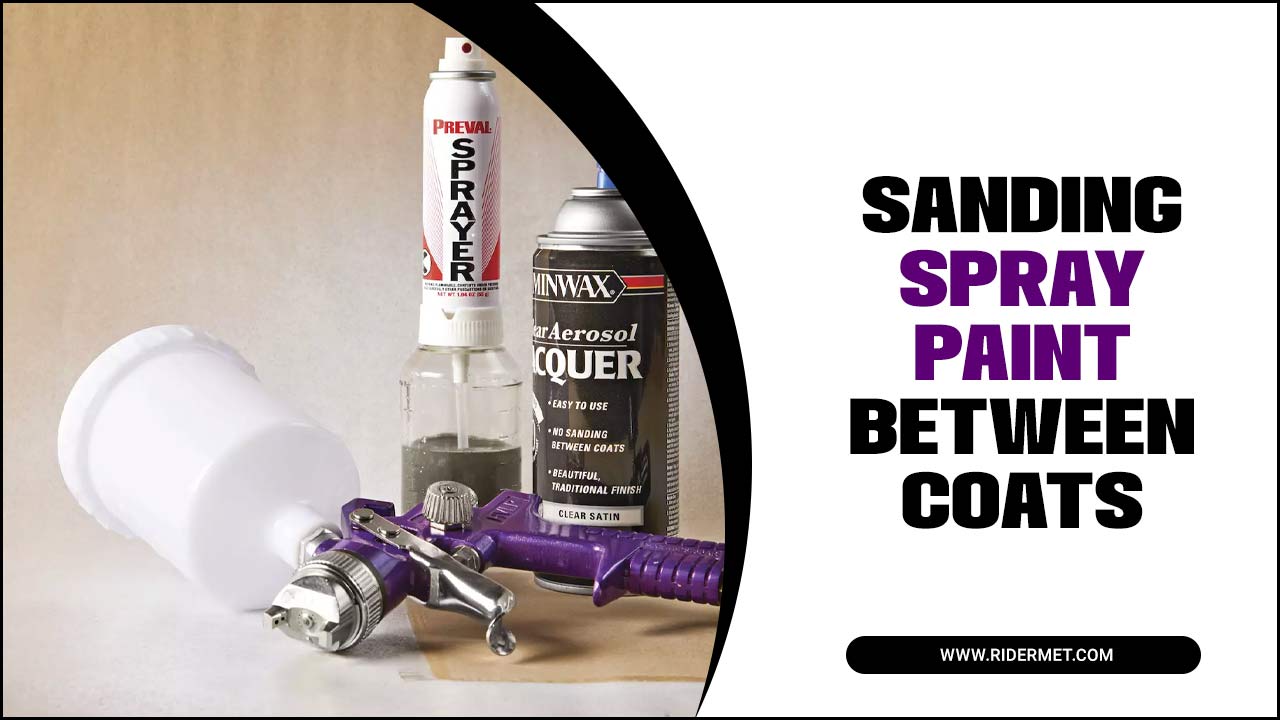
Sanding Spray Paint Between Coats On Bike
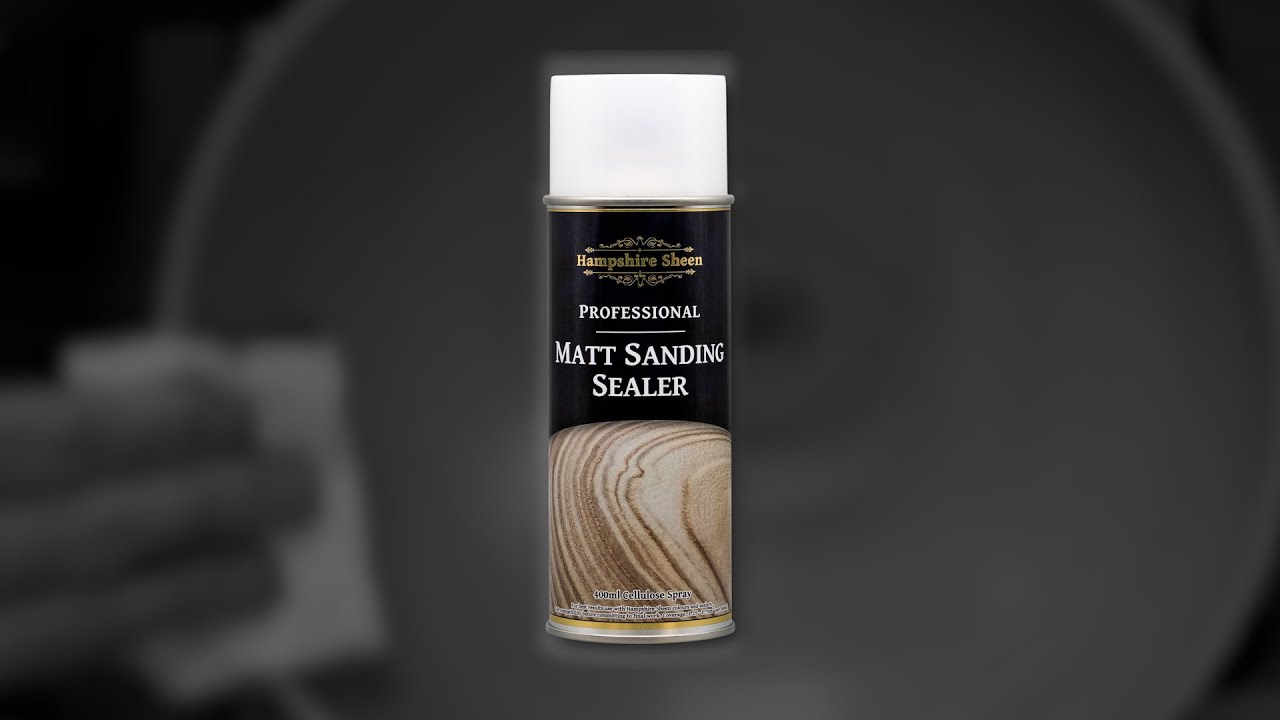
Sanding spray paint between coats in the bike is vital for achieving a high-quality paint job. It creates a smooth surface for the next coat to adhere to, ensuring better adhesion and durability. By sanding between coats, any imperfections or blemishes from previous layers can be removed, resulting in an enhanced overall finish.
This process eliminates rough areas, making the bike look more professional. Sanding-spray paint between coats also helps prevent the “orange peel” effect, where the paint surface appears textured. It is an essential step in the painting process, allowing for a seamless and flawless final result.
Necessary Tools For Spray Painting A Bike
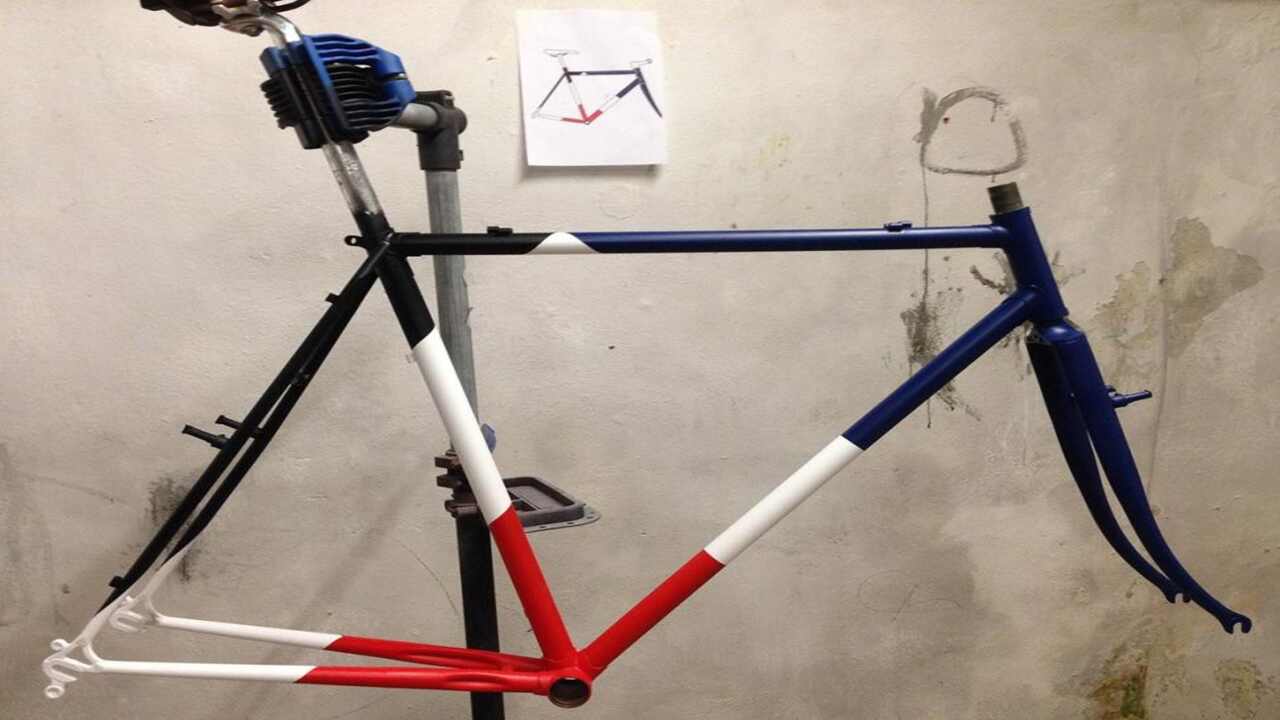
When spray painting a bike, there are several necessary tools that you will need to ensure a smooth and successful finish. Here are some essential tools to have on hand. With these tools, you’ll be well-equipped to tackle your bike painting project and achieve professional-looking results.
- Spray Paint: Choose a high-quality spray paint that is specifically designed for use on metal surfaces. Look for a paint that is durable and provides good coverage.
- Sandpaper: Use sandpaper to prepare the surface of the bike before painting. Start with a coarse grit sandpaper to remove rust or imperfections, then switch to a finer grit sandpaper to smooth out the surface.
- Primer: Applying a primer before painting can help improve adhesion and ensure a more even finish. Choose a primer that is compatible with your chosen spray paint.
- Masking Tape: Use masking tape to cover any parts of the bike you do not want to be painted. This will help protect them from overspray and ensure clean lines.
- Drop Cloth Or Plastic Sheeting: Place a drop cloth or plastic sheeting underneath the bike to catch any drips or overspray. This will help protect your workspace and make cleanup easier.
Sanding Spray Paint Process: Step-By-Step
When applying spray paint to a bike, sanding between coats can help achieve a smooth and professional finish. Here is a step-by-step process for sanding spray paint. By sanding between coats, you can ensure that your bike’s paint job looks professional and lasts longer.
- Allow the first coat of spray paint to dry completely. This usually takes about 24 hours.
- Gently sand the surface of the painted area using fine-grit sandpaper or a sanding sponge. The goal is to create a slightly rough texture to help the next coat of paint adhere better.
- Wipe away dust or debris with a clean or tack cloth.
- Apply the second coat of spray paint, following the manufacturer’s instructions for drying time.
- Repeat the sanding process after each coat of spray paint, ensuring that you remove any imperfections or unevenness before applying the next coat.
- Continue this process until you have achieved the desired number of coats and a smooth finish.
The Benefit Of Sanding Spray Paint

Sanding-spray paint between coats can offer several benefits when painting a bike. sanding-spray paint between coats is an important step in achieving your bike’s high-quality and long-lasting finish. Here are some advantages of sanding spray paint:
- Smoother Finish: Sanding between coats helps to create a smooth and even surface, eliminating any imperfections or bumps in the paint. This can result in a professional-looking finish for your bike.
- Improved Adhesion: Sanding the previous coat of spray paint creates a rougher surface, allowing the next coat to adhere better. This can help prevent the paint from peeling or chipping over time.
- Enhanced Durability: By sanding between coats, you are essentially creating a stronger bond between the layers of paint. This can increase the overall durability and longevity of your bike’s paint job.
- Better Colour Coverage: Sanding can help to ensure that each subsequent coat of spray paint provides better colour coverage. This is especially important for using lighter colours or achieving a specific shade.
- Professional Touch-Ups: If you make any mistakes or notice any inconsistencies in the paint job, sanding between coats allows you to correct these issues and achieve a more professional-looking result.
The Role Of Sandpaper In Spray Painting A Bike
Sandpaper plays a crucial role in the process of spray painting a bike. It is essential to prepare the bike surface before applying paint. Different grits of sandpaper are used at specific stages of the painting process to achieve the desired results. Initially, coarser grit sandpaper removes any rust or rough surfaces from the bike.
This helps create a smooth and perfect base for the paint. As the painting progresses, finer grit sandpaper achieves a flawless finish between coats. Using sandpaper creates an ideal surface for paint adhesion, ensuring a long-lasting and professional-looking result.
How To Choose The Right Grit Sandpaper For Your Bike
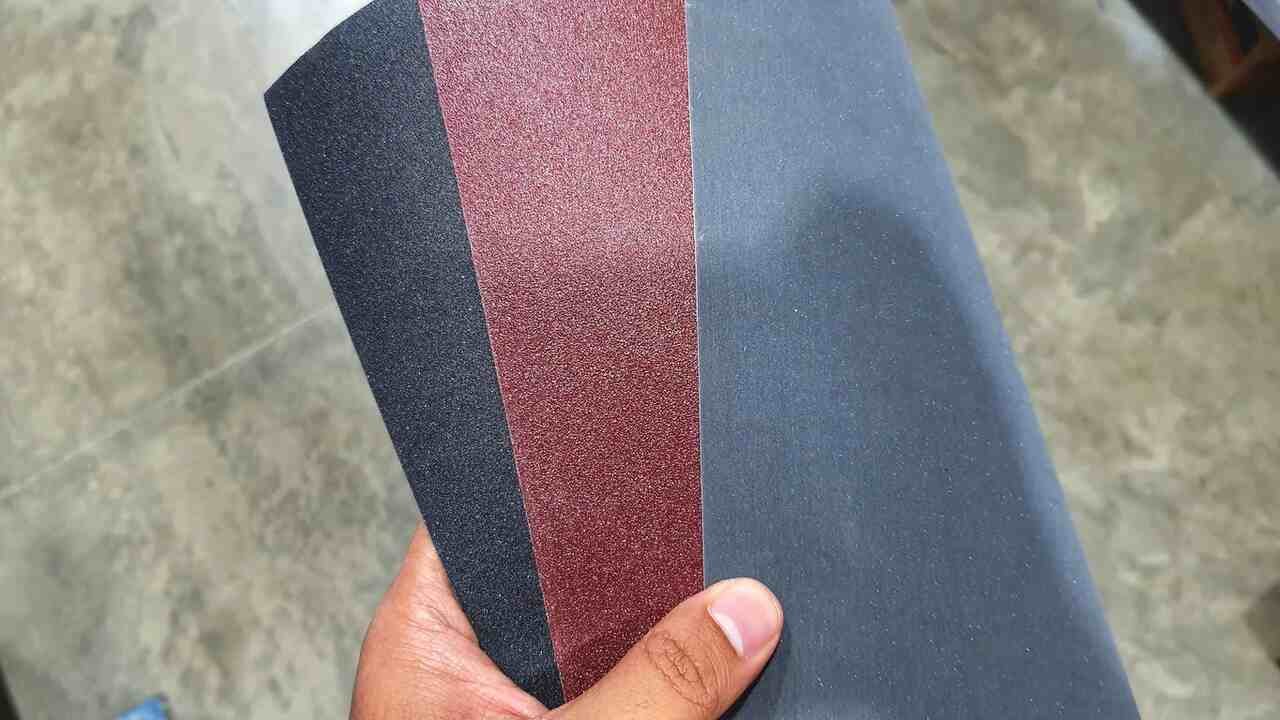
When selecting the appropriate grit sandpaper for your bike, consider its surface condition. If you’re dealing with rust or rough areas, starting with a coarser grit sandpaper, such as 80 or 120, is best. This will help remove imperfections and create a smoother base. However, if your bike’s surface is already fairly smooth, you can begin with finer grit sandpaper, like 220 or 320, when sanding between coats.
This will ensure a seamless finish and eliminate any inconsistencies. Remember to progress from coarser to finer grits for the best results. You can achieve a flawless paint job on your bike by choosing the right grit sandpaper.
How Many Coats Of Paint Are Optimal?
The optimal number of coats of paint for a bike depends on various factors. Generally, applying two to three coats is sufficient. Avoiding excessive coats is essential as they can add weight and affect the bike’s performance. Allow each coat enough time to dry before applying the next one. Always follow the manufacturer’s instructions for the recommended number of coats.
The Correct Distance From The Frame To Spray
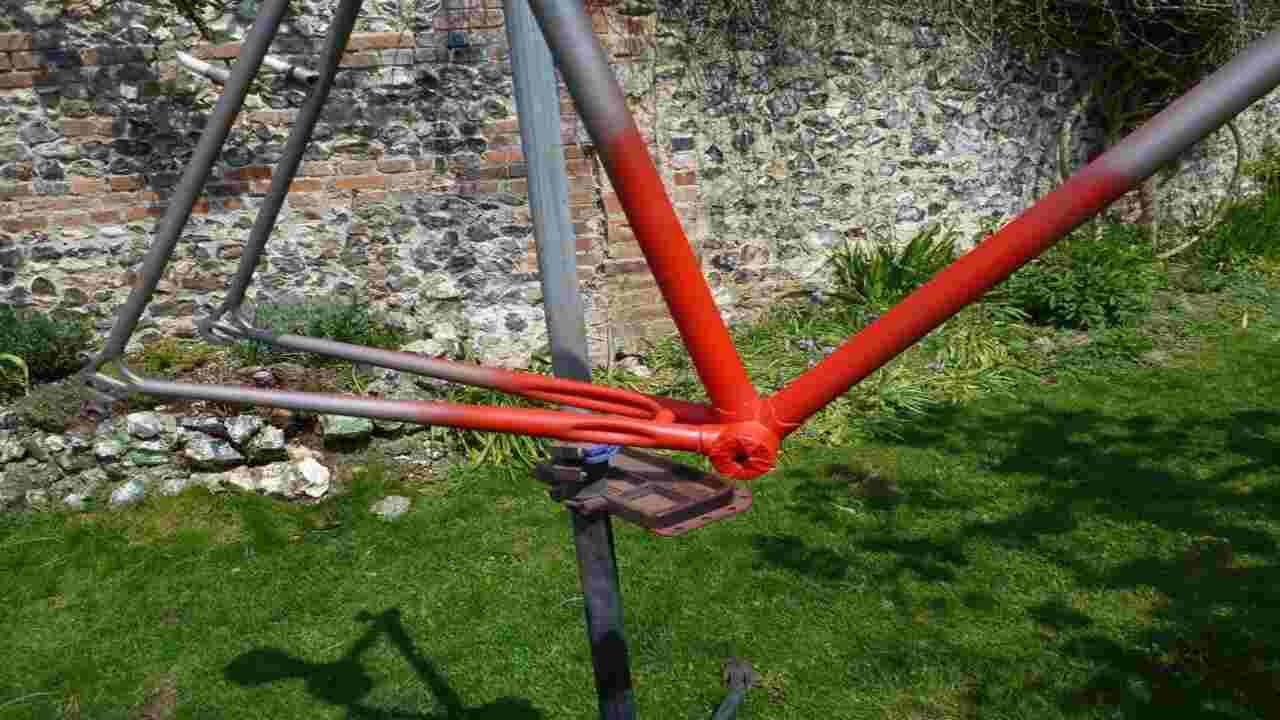
Achieving an even coat and avoiding drips when spray painting your bike frame requires attention to the correct distance between the spray paint can and the frame. While a distance of 6 to 8 inches is generally recommended, it may vary depending on your specific spray paint product.
It’s always a good practice to spray on a test surface before moving on to the bike frame. As you spray, keep the can consistently from the frame, moving it smoothly and steadily. Instead of holding down the nozzle continuously, use short bursts of spray for better control. By following these tips, you can ensure your bike’s smooth and professional finish.
Conclusion
Sanding spray paint between coats is essential to achieve a smooth, professional-looking finish on your bike. This helps create a strong bond between the layers of paint and ensures a flawless surface. Before you start the sanding process, ensure you have all the necessary tools, including sandpaper of various grits.
Prepping your bike by cleaning and removing old paint or rust is crucial for optimal results. When sanding, follow a step-by-step process, starting with coarse-grit sandpaper and gradually moving to finer grits.
Sand in a circular motion to avoid leaving visible scratches. By understanding the benefits of sanding spray paint and using the correct techniques, you can achieve a professional finish that will make your bike stand out.
Frequently Asked Questions
1.What To Do When Your Nozzle Is Clogged?
Ans: If you find your spray paint nozzle clogged, here’s what to do: remove the nozzle and soak it in warm water for a few minutes. Then, use a toothpick or thin wire to clear any blockages. Once cleared, replace the nozzle and test spray on a scrap surface before using it on your bike.
2.Is Primer Necessary Before Applying Paint?
Ans: Primer is essential before applying paint to ensure proper adhesion and a smooth finish. It fills imperfections, creating a base for the paint to adhere to. Choose a primer compatible with your paint type and follow the instructions.
3.How Long Should I Wait Before Applying The Final Clear Coat?
Ans: It is important to wait at least 24 hours before applying the final clear coat to your bike. This allows enough time for the spray paint to fully dry and cure. Applying the clear coat too soon can lead to bubbling or cracking of the paint. Always follow the manufacturer’s recommended drying times for best results.
4.Is It OK To Sand Between Coats Of Paint?
Ans: Yes, it is generally recommended to sand between coats of paint. Sanding helps create a smooth surface and ensures better adhesion for subsequent layers. Use a fine-grit sandpaper like 220 or 320 for light sanding.
5.Is Sanding Necessary When Using Spray Paint?
Ans: Sanding can help achieve a smoother finish when using spray paint, but it’s not always necessary. It can remove bumps, scratches, or old paint. If the surface is already smooth and clean, sanding may be unnecessary.
Meet Allen Yu, the Spray Guru behind Spray Guider. With a passion for transforming rides into rolling works of art, Allen Yu specializes in Bike and Car Sprays. Unleash your vehicle’s potential with expert tips and creative inspiration. Elevate your ride with Allen Yu—because every spray tells a story!
